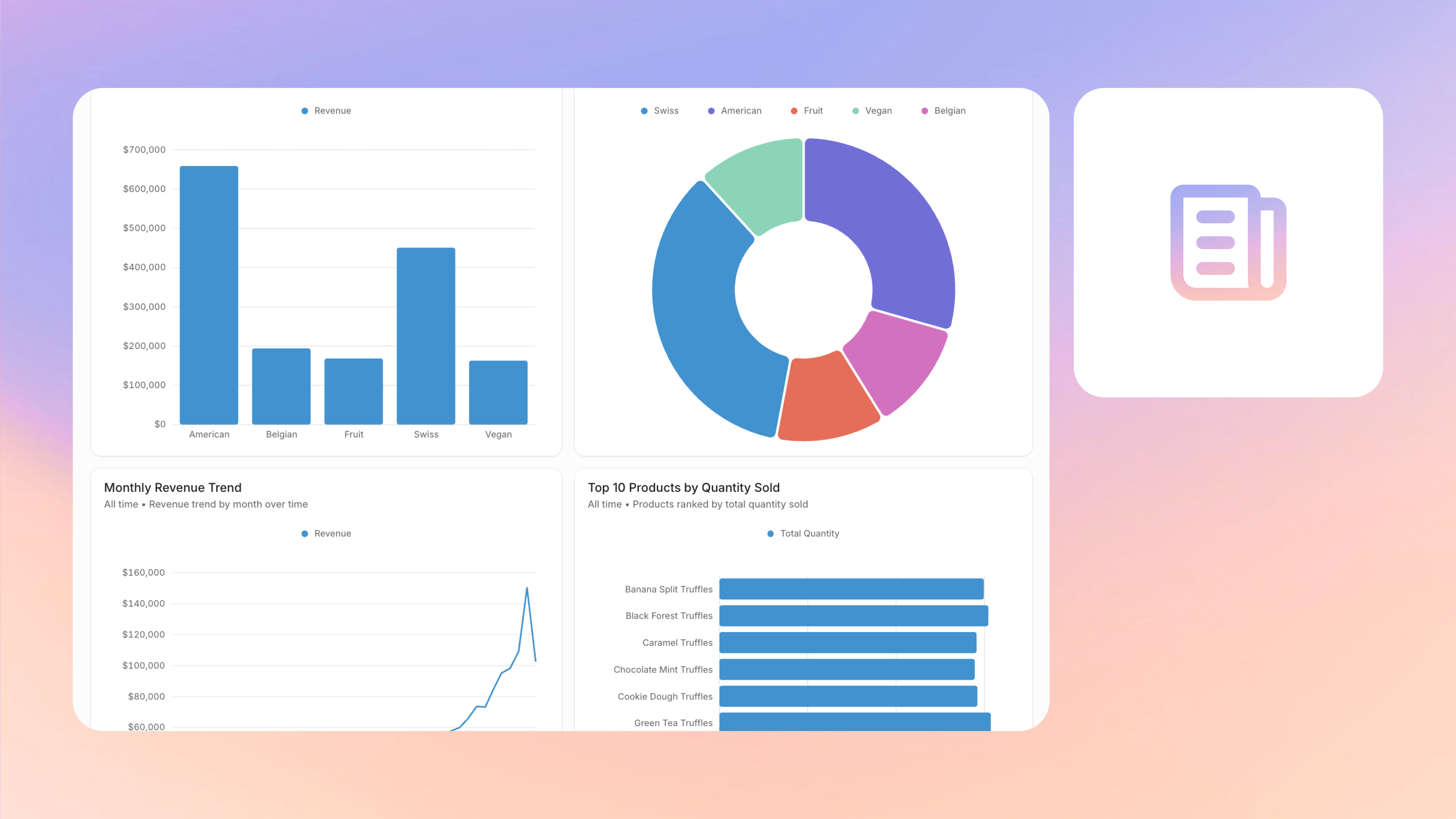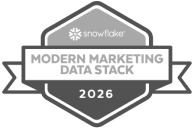How do data lineage and data observability differ in data management?
Data lineage involves tracking the journey of data from its origin through its transformations to its final form. This historical perspective is crucial for understanding how data has evolved over time and ensuring its correct use and compliance with regulations. For a deeper understanding of how data lineage supports governance and compliance, consider exploring the principles of data lineage.
Conversely, data observability focuses on the real-time monitoring and analysis of data systems to ensure their health and performance. It employs tools to detect, diagnose, and resolve data issues proactively.
Comparing data lineage and data observability
While both are essential, they serve different purposes in a robust data management strategy.
- Data lineage: Provides a map of data's journey, aiding in compliance and impact analysis.
- Data observability: Offers a live view into system performance, helping to maintain data integrity.
- Relationship: Data lineage is a subset of data governance, whereas data observability includes monitoring, alerting, and troubleshooting.
- Tools for data observability can leverage lineage information to enhance incident management.
- Both are critical for a comprehensive data management strategy but serve distinct roles.
What role does data lineage play in data governance?
Data lineage is a cornerstone of data governance, providing transparency into the lifecycle of data within an organization. It establishes accountability and traceability for data, fundamental for regulatory compliance and quality assurance. Delving into the role of automated data lineage can enhance governance and compliance efforts.
By mapping data's journey, organizations can better understand the impact of data changes and ensure data accuracy and consistency across systems.
- Regulatory compliance: Essential for meeting regulations like GDPR and CCPA.
- Impact analysis: Helps understand the effects of data changes on business processes.
- Traceability: Facilitates pinpointing issues and performing root cause analysis.
How does data observability enhance data system reliability?
Data observability enhances system reliability by providing tools and practices for continuous monitoring of data systems. This proactive approach helps quickly identify and resolve issues before they escalate, ensuring data remains reliable and available for decision-making. Insights into the importance of data intelligence tools can further enhance observability.
With observability, teams gain insights into the health of their data pipelines, allowing them to take corrective actions in real-time, minimizing downtime and maintaining business continuity.
- Real-time monitoring: Enables immediate detection of anomalies and potential issues.
- Automated alerting: Systems notify relevant teams to take swift action.
- Root cause analysis: Tools assist in diagnosing and resolving problems efficiently.
Can data observability benefit from integrating data lineage?
Integrating data lineage into data observability practices offers significant benefits. Data lineage provides context and understanding of data flow, crucial when diagnosing issues detected by observability tools. This integration is explored further in the context of data lineage applications.
The integration allows for a comprehensive approach to incident management, where the cause of an issue can be traced back through the data's history, leading to more effective resolutions.
- Complete picture: Integration offers a full view of data flow and system health.
- Traceability: Enhances the ability to trace issues back to their source.
- Combined insights: From lineage and observability lead to better decision-making.
What are the challenges in implementing data lineage and observability?
Implementing data lineage and observability presents various challenges. For data lineage, the complexity of mapping all data movements across systems can be daunting, especially in large organizations with legacy systems. Exploring challenges and solutions in data intelligence tools can provide valuable insights.
For data observability, the challenge lies in setting up comprehensive monitoring that can handle the volume and velocity of data in modern ecosystems. Both require strategic approaches and the right tools to be effective.
- Complexity: Mapping data across disparate systems for lineage.
- Data volume: High volumes can overwhelm observability monitoring tools.
- Cultural shift: Requires a move towards proactive data management.
How does data observability align with the principles of behavioral science?
Data observability aligns with behavioral science principles by providing data teams with feedback necessary to understand and improve data system performance. Observability tools influence team behaviors by encouraging proactive monitoring and rapid responses to data issues. This feedback loop acts as behavioral reinforcement, where positive outcomes from observability practices reinforce good data management habits.
- Immediate feedback: Observability tools provide immediate feedback, a key principle of behavioral science.
- Influencing behavior: Proactive monitoring can influence team behavior towards better data practices.
- Positive reinforcement: Successful issue resolution encourages continuous improvement.
What are the benefits of using a data lineage platform?
Data lineage platforms offer numerous advantages for organizations looking to improve their data management processes. These tools provide a comprehensive view of data flow, helping businesses understand how data moves and transforms across different systems. By visualizing the data journey, companies can ensure data accuracy, compliance, and governance.
Using a data lineage platform can also enhance decision-making by offering insights into data dependencies and impacts. This understanding helps in identifying potential data issues before they escalate, ensuring consistent and reliable data for analytics and reporting.
- Improved Data Accuracy: Track and verify data sources to maintain high data quality standards.
- Enhanced Compliance: Ensure adherence to regulatory requirements with a clear audit trail.
- Efficient Data Governance: Establish robust data policies and processes with complete transparency.
- Streamlined Troubleshooting: Quickly identify and resolve data issues with detailed lineage information.
- Optimized Decision-Making: Access accurate data insights for better strategic planning.
For more information on how these benefits can be realized, explore Secoda's data lineage platform.
How can I get started with implementing a data lineage solution?
Implementing a data lineage solution involves several key steps that ensure a smooth integration into your existing data infrastructure. To begin, assess your organization's data needs and identify the specific goals you aim to achieve with a data lineage platform. This assessment will guide the selection of the right tool that aligns with your requirements.
Once you've chosen the appropriate platform, plan a phased implementation approach. Start with a pilot project to test the platform's capabilities and gather feedback from stakeholders. This initial phase allows for adjustments and ensures the solution meets your expectations before a full-scale rollout.
- Needs Assessment: Evaluate your current data environment and define your objectives.
- Tool Selection: Choose a data lineage platform that fits your specific needs.
- Pilot Project: Test the solution on a small scale to validate its effectiveness.
- Stakeholder Engagement: Involve key team members to ensure alignment and gather insights.
- Full Implementation: Roll out the solution organization-wide, incorporating feedback from the pilot phase.
Ready to enhance your data management strategy? Get started today with a tailored solution that meets your business needs.
















